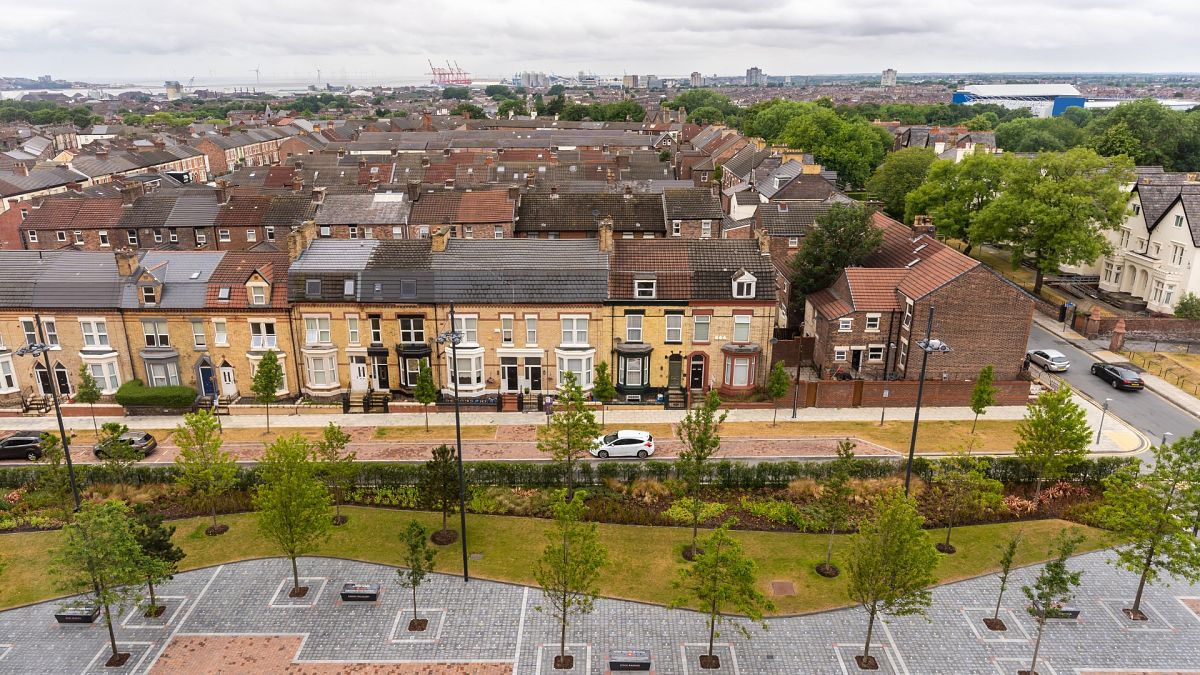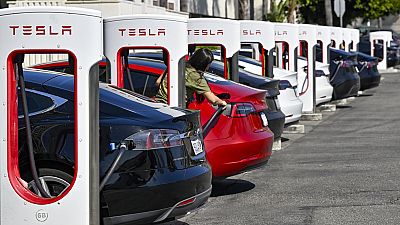Housing costs are well past last summer’s peak, although affordability issues continue to hamper the UK market.
Consumers in the UK spent 1.8% more on mortgage and rental payments in March than they did compared to the same period in 2023, according to data released by Barclays bank.
This is the lowest annual increase recorded since March last year, and far below the 12.2% jump seen in the year to June 2023.
During the pandemic period, the Bank Of England (BoE) cut interest rates to a historic low, although mortgage fees later skyrocketed at the end of 2021, when the bank began to raise borrowing costs in response to inflation.
According to Jack Meaning, Chief UK Economist at Barclays, the UK could once again be at a crucial moment of "transition".
"While still only tentative, the signs that the UK economy is expanding into 2024 continue to build. With an expectation that the Bank of England will cut interest rates from June, and banks responding by reducing mortgage rates, our research suggests that the housing costs that have been a drag on consumers for over a year are on the cusp of a turn," he said.
Despite an average decrease in housing costs, Barclays nonetheless noted that many consumers are still struggling with their bills.
According to the bank, 16% of people in the UK claim they aren’t confident in their ability to meet their mortgage or rental payments, and 18% of those making these payments are adjusting their spending habits to cope with rising housing costs.
To generate additional income, Barclays says 3% of homeowners have started renting out a room in their house in the past year, although this figure rises to 12% for homeowners in London.
Barclays' data also showed that overall consumer spending in March was up by a small 1.9%, a growth rate on par with last month.
Essential spending remained flat in March at 2.4%, whilst spending on non-essential items saw its smallest increase since September 2022, coming in at 1.6%.
According to the bank, rainy weather in March contributed to reduced earnings for shops and restaurants, although it seems that cost of living pressures are still holding back spending.
Consumers' confidence in their ability to spend on non-essential items dropped to 55% last month, and almost a quarter of UK individuals have participated in, or would consider participating in, a "no-spend" challenge.
This involves cutting out discretionary spending, instead focusing on necessities like food, childcare, and utilities.
"However, in spite of this initial lull, many retailers are confident that spending will rebound in the coming months," Karen Johnson, head of retail at Barclays, said.
She noted that the economy will likely benefit from expected weather improvements and a buzz around major events, notably the Paris 2024 Olympics and Taylor Swift’s Era’s Tour.
An increase in the UK’s National Living Wage and a lowering of the energy price cap, both expected in April, are also expected to boost spending.



